
Happy Squirrel Appreciation Day!
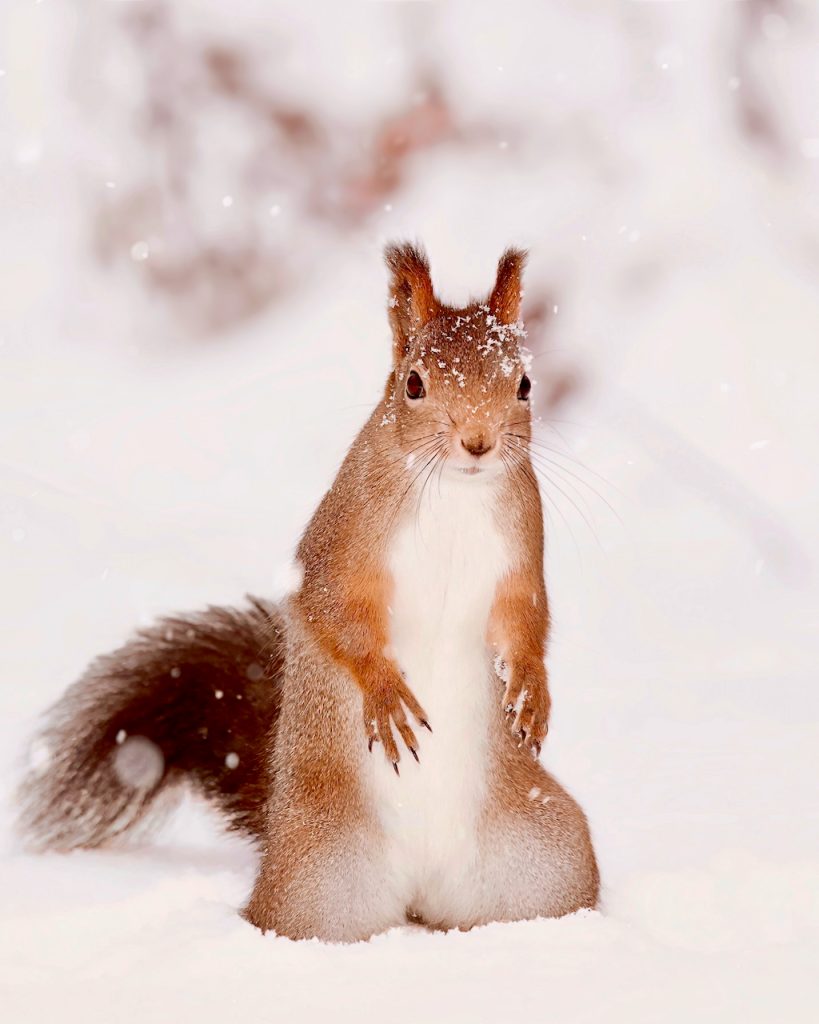
January 21st is Squirrel Appreciation Day – Celebrate it by learning more about squirrels and putting out some nuts for them (and maybe not only today 😉).
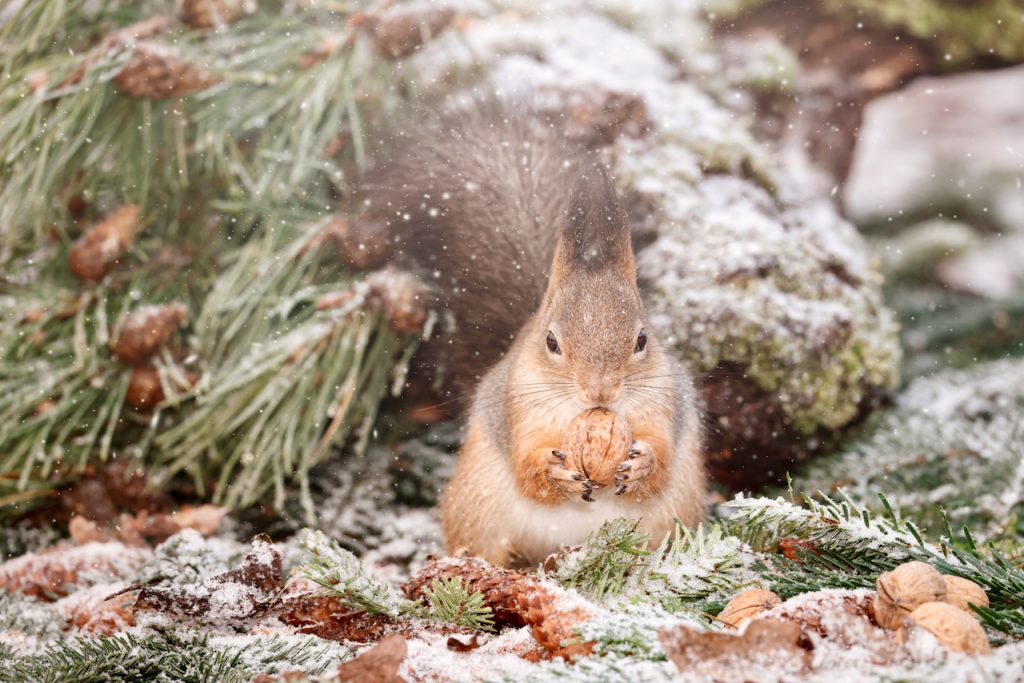
Happy Squirrel Appreciation Day!
Bonus: NASA engineer designed a squirrel-proof birdfeeder. Or so he thought.
Related Posts
If you liked this post, share it on your preferred social network or forward it to a friend.
What Photography Is All About
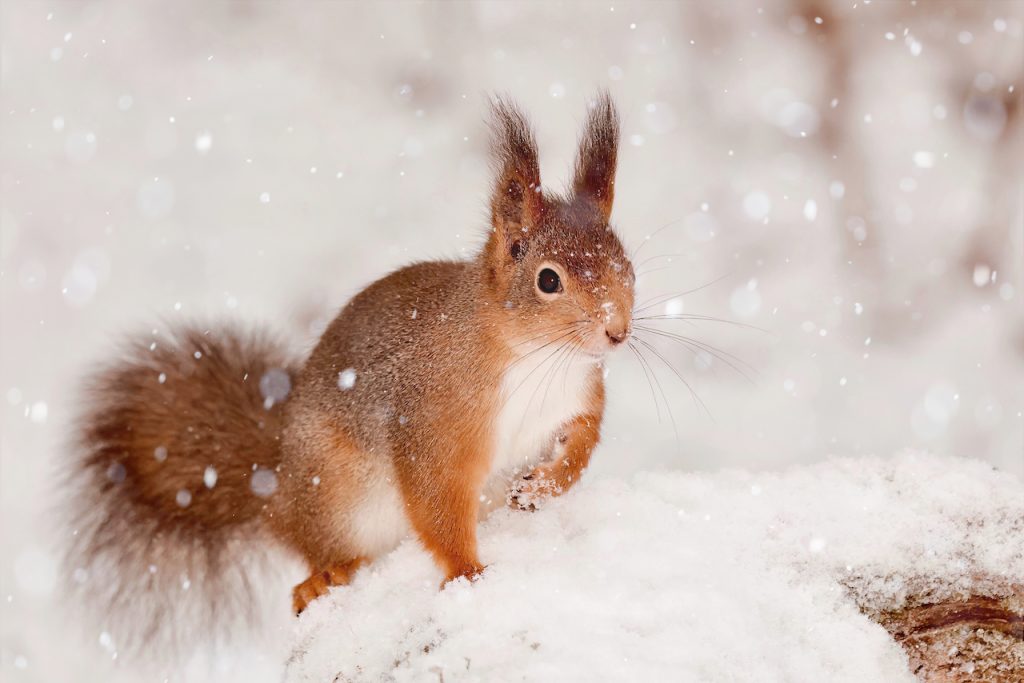
Sometimes things happen the way you hope they’d happen 😉 Teddy shows up after only a few minutes of wait; he strikes a lovely pose where I want him to, and it even starts to snow! It doesn’t happen very often, but it is a pleasant change when it does.
Photography is preparation AND a little bit of luck, isn’t it?
If you liked this post, share it on your preferred social network or forward it to a friend.
Happy Squirrel Appreciation Day!
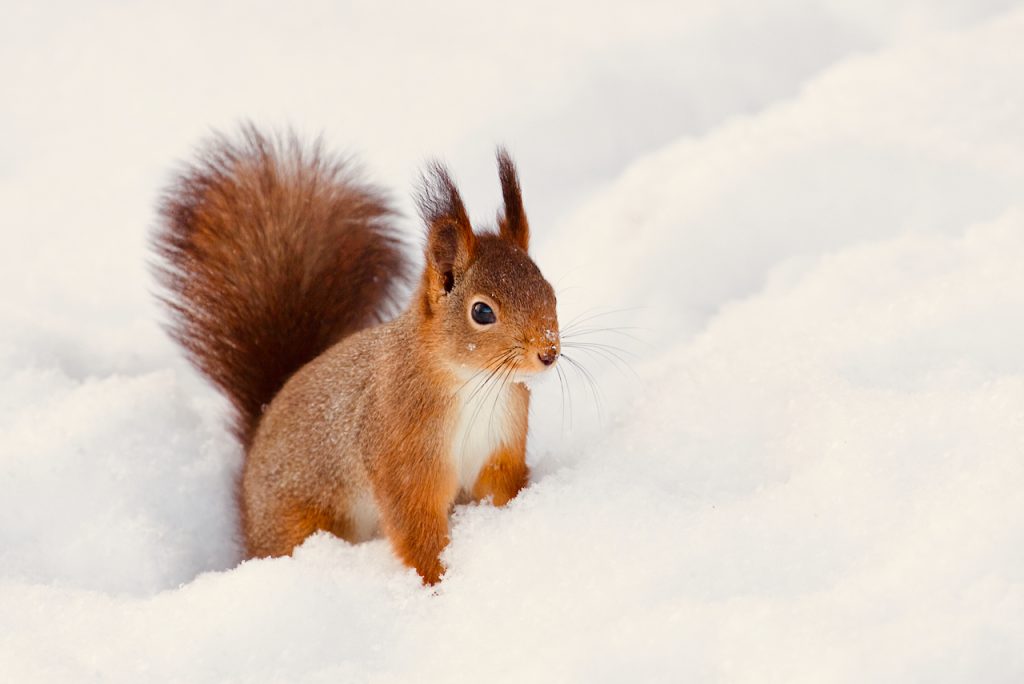
January 21st is the International Squirrel Appreciation Day – what better excuse do you need to throw a party, especially if you live in the Northern hemisphere and long for summer and green pastures? Host a squirrel-themed get-together and have some fun in the middle of gloomy January. Or celebrate it by learning more about squirrels and putting out some nuts for them!
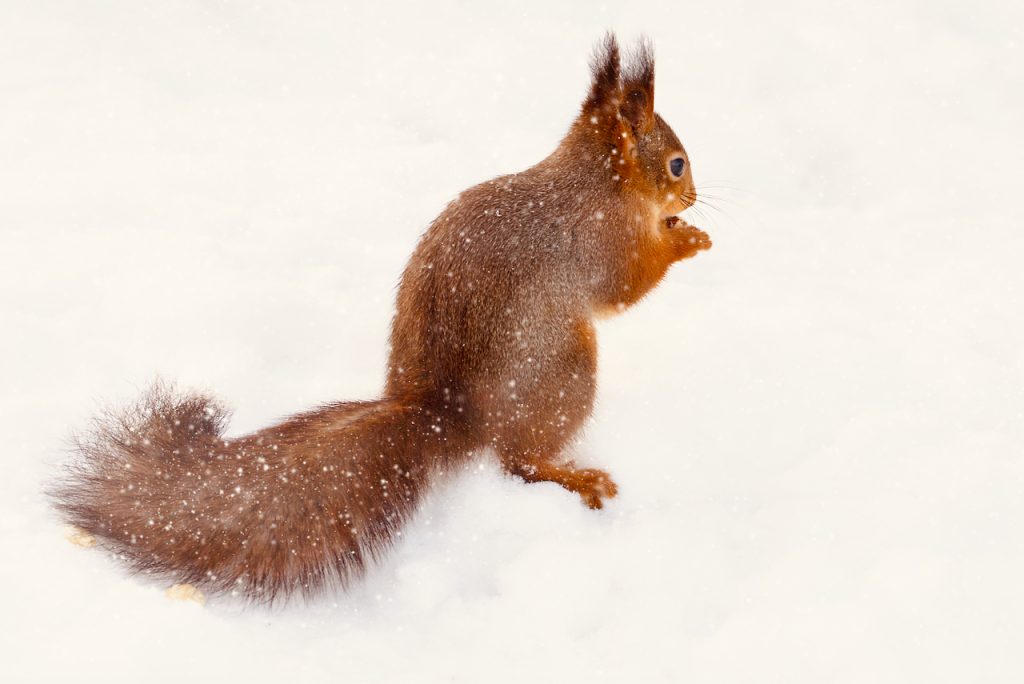
You may be mad at them for raiding the bird feeders, but they’re just small creatures trying to survive – as we all do. Instead of fortifying the feeders, create a squirrel feeding station someplace you can see from inside your house. Drag an armchair to the window and enjoy the show. In time, one timid squirrel will grow bolder, and soon, more bushy-tailed cuties will entertain you with their antics.
You’ll have fun watching them chasing each other or running around to burry nuts and seeds, and in the meantime, nature will benefit as the many forgotten nuts will grow into trees. A win-win!
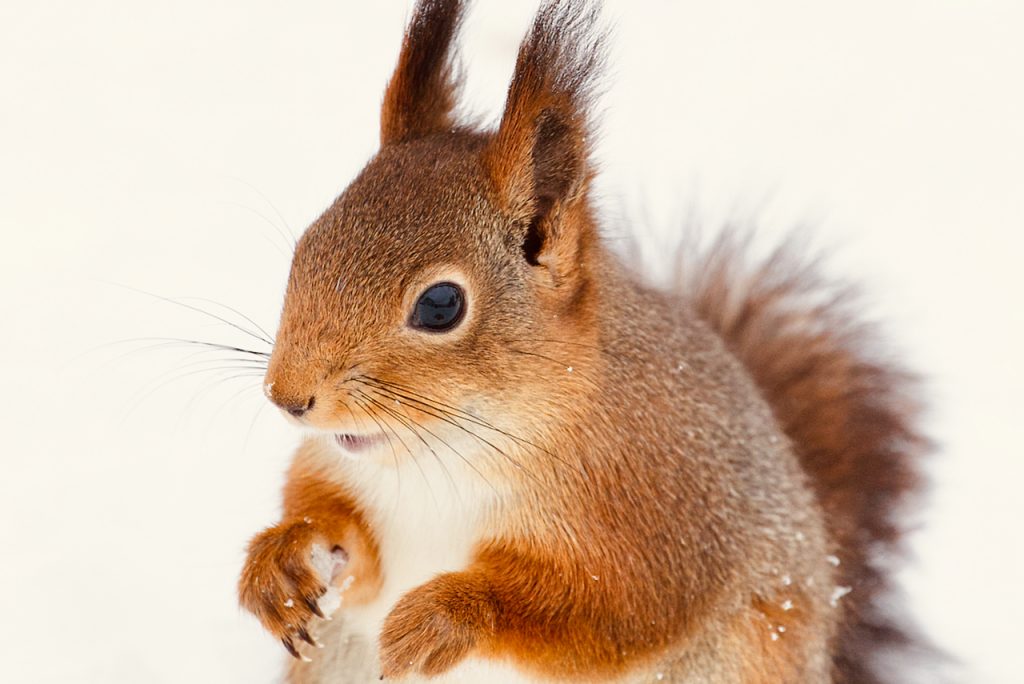
Happy Squirrel Appreciation Day!
Bonus: NASA engineer designed a squirrel-proof birdfeeder. Or so he thought.
Related Posts
If you liked this post, share it on your preferred social network or forward it to a friend.
Meet Gretel, the Little Red Squirrel

This is Gretel, the little red squirrel, so-called because it took her three tries to find the nuts I had laid out for her: I had to lay them down carefully in a trail that took her from the bird feeders to her own feeding station. The third time, she got it.
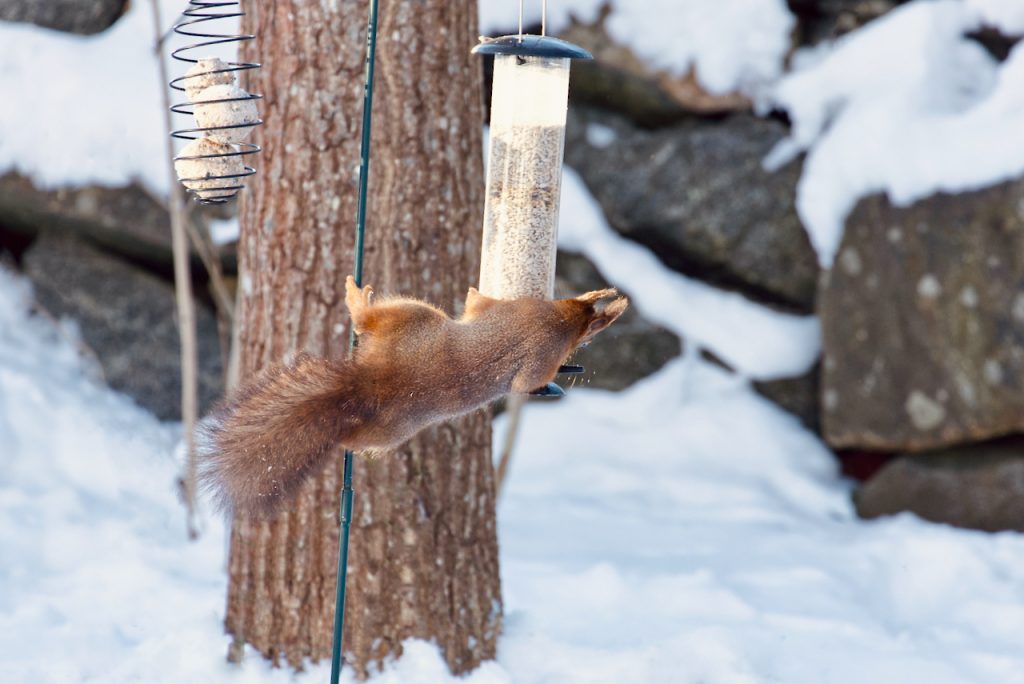

She still checks the bird feeders and munches on sunflower seeds until she sees me. Then she stops and runs up in the oak tree, but not too high, just the shortest safe distance. One cannot be too careful around giant animals like humans, friendly or not. She’s watching me with those huge dark eyes while I’m laying out the nuts. I retreat to the distance I learned she sees as comfortable for coming down.
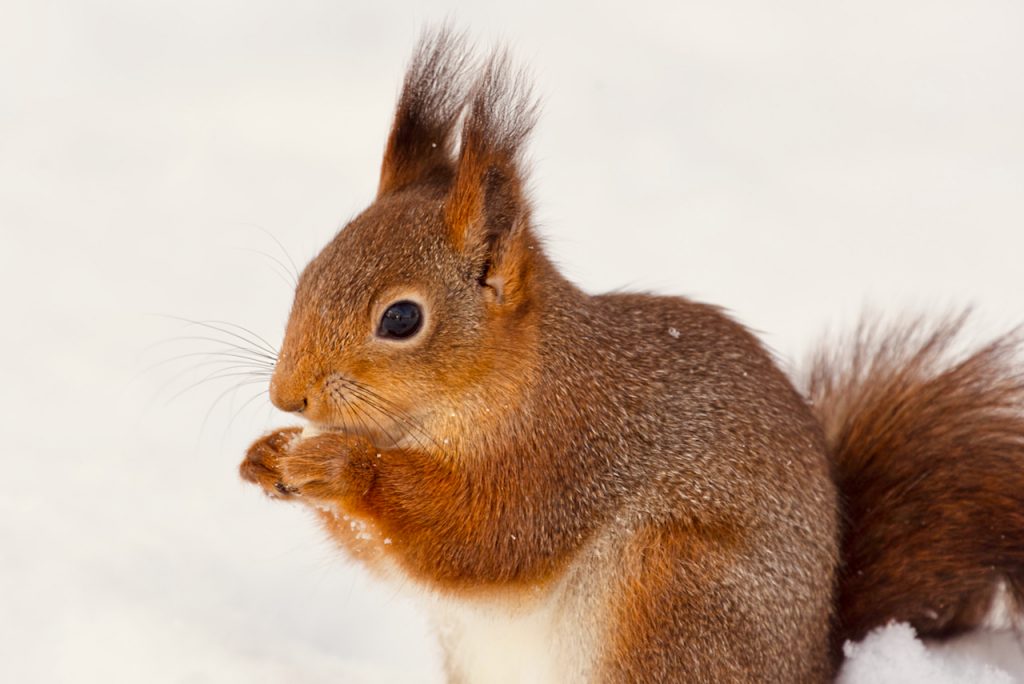
I watch her eat, marveling at how tiny and delicate she is. She’s continuously scanning her surroundings, bending her head quickly to grab another nut and then rechecking the perimeter. Always on alert. When the birds sound the alarm, she runs back up in the oak tree without stopping to see what that was about. Be safe first; check source later.
False alarm. She comes down to eat; the birds settle on the various bird feeders. I grab my camera and start watching—time to take some photos.
Related Posts
If you liked this post, share it on your preferred social network or forward it to a friend.
Of Squirrels and Woodpeckers
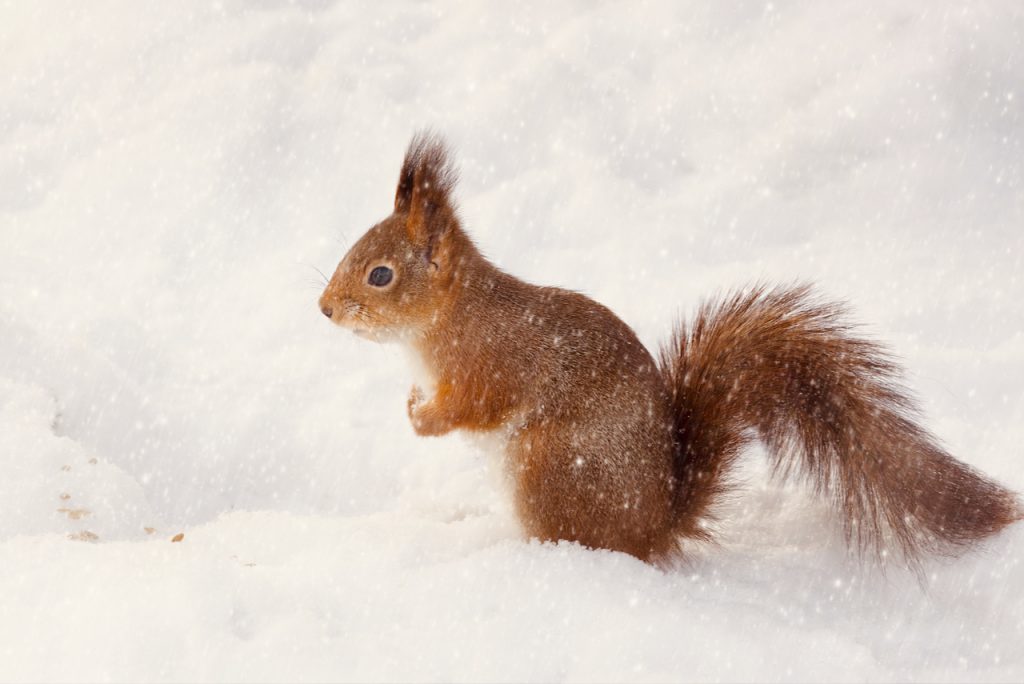
The little squirrel, braving the snow and the cold, came visiting again. It was sheer luck that I noticed it because it turned up much earlier than usual.
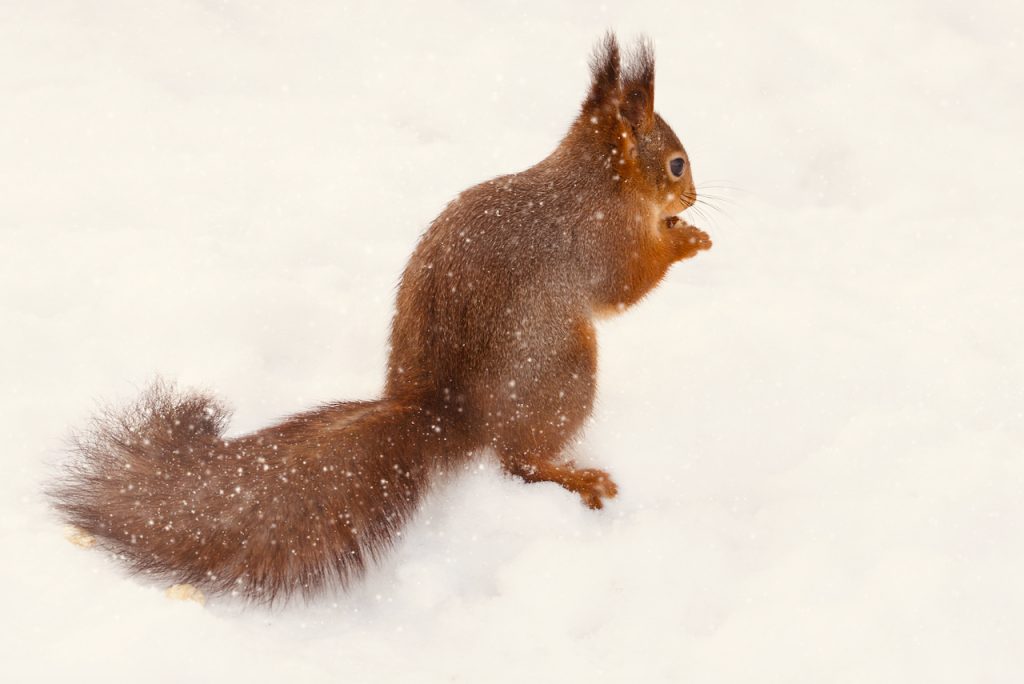
I was about to open the bedroom window when I noticed two dark tufts by the oak tree. I had a closer look, and yes, it was the little cutie. I jumped in my rubber boots, put on my winter jacket directly over my pajamas (my neighbors are used to much), and grabbed the nuts bowl I had prepared. Out in two minutes and taking photos, ISO still high because there wasn’t enough light.
The birds were annoyed by me being there so early in the morning and told me so in no uncertain terms. They made an awful racket trying to drive me away. I did my best to ignore them; I’d be there for a short time.
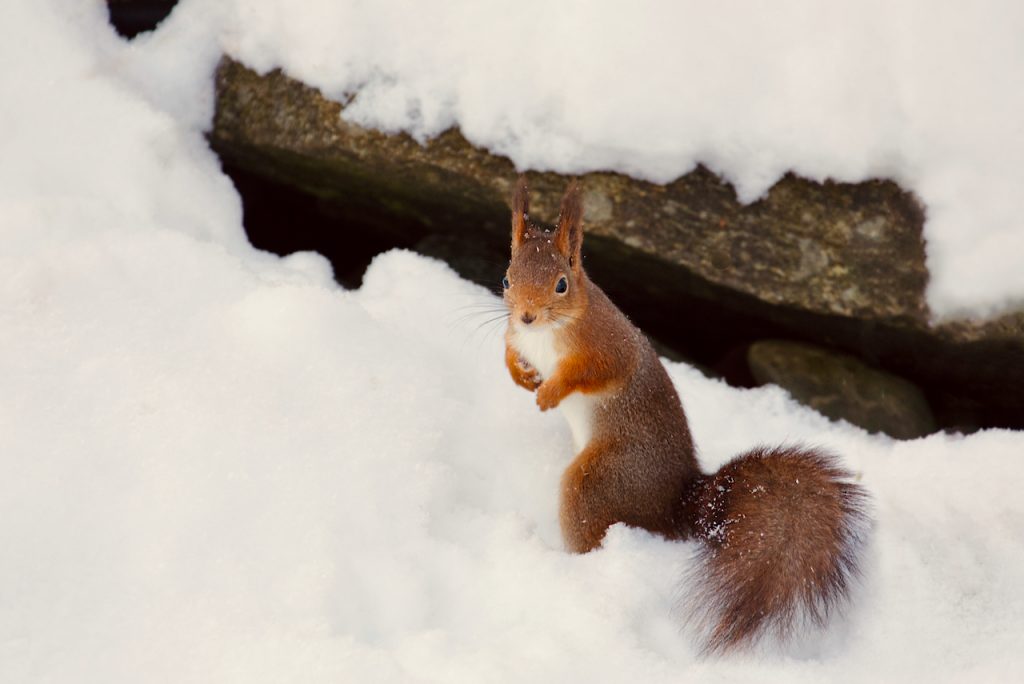
Suddenly – silence; all birds and the squirrel frozen in their places. Something was happening.
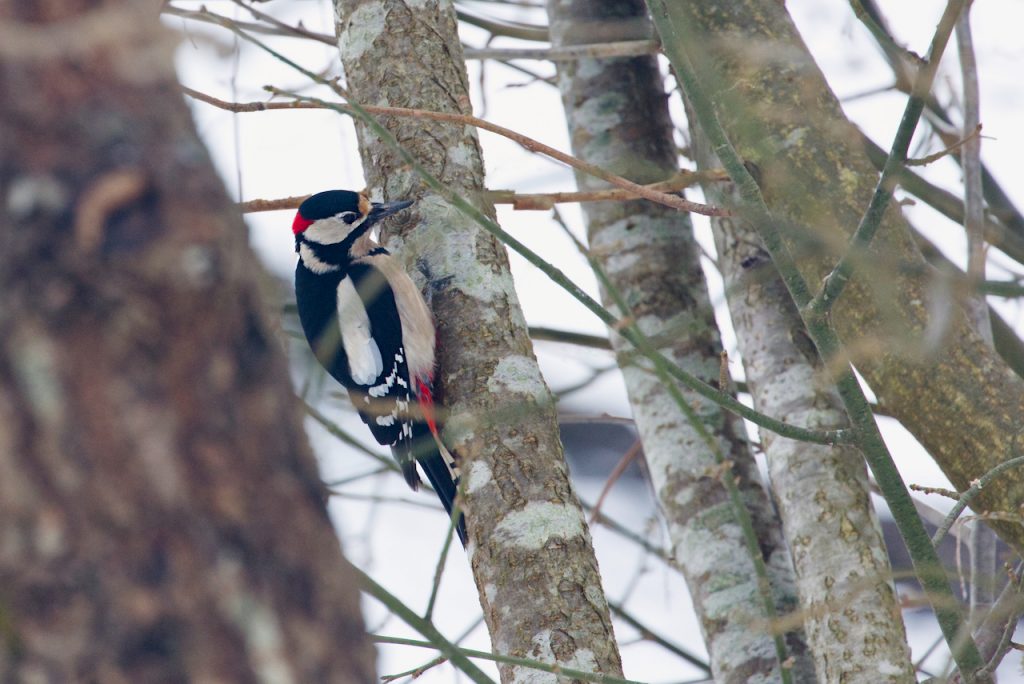
And then I heard it, the staccato drumming of the woodpecker, just above my head. I tilted my head slowly to avoid being detected, and sure enough, a great spotted woodpecker was working the oak tree. I managed a few photos before it discovered me and flew away. It was a male; you can tell by the red spot on its neck, females don’t have it.
The squirrel went back to her nuts. The racket resumed. I went back in for breakfast.
Related Posts
If you liked this post, share it on your preferred social network or forward it to a friend.
Fight or Flight?
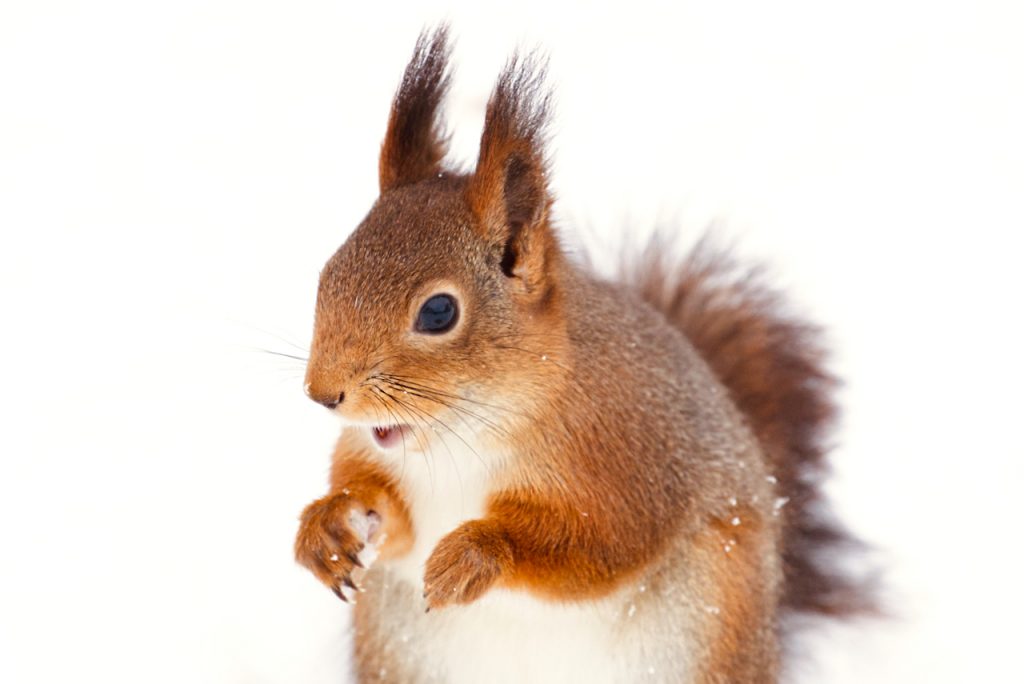

The usual squirrels haven’t visited for a couple of weeks now. I guess they’re all hiding in their dreys, munching on their nut provisions. It’s been very cold, and they must be as reluctant to go out in that frozen world as humans.
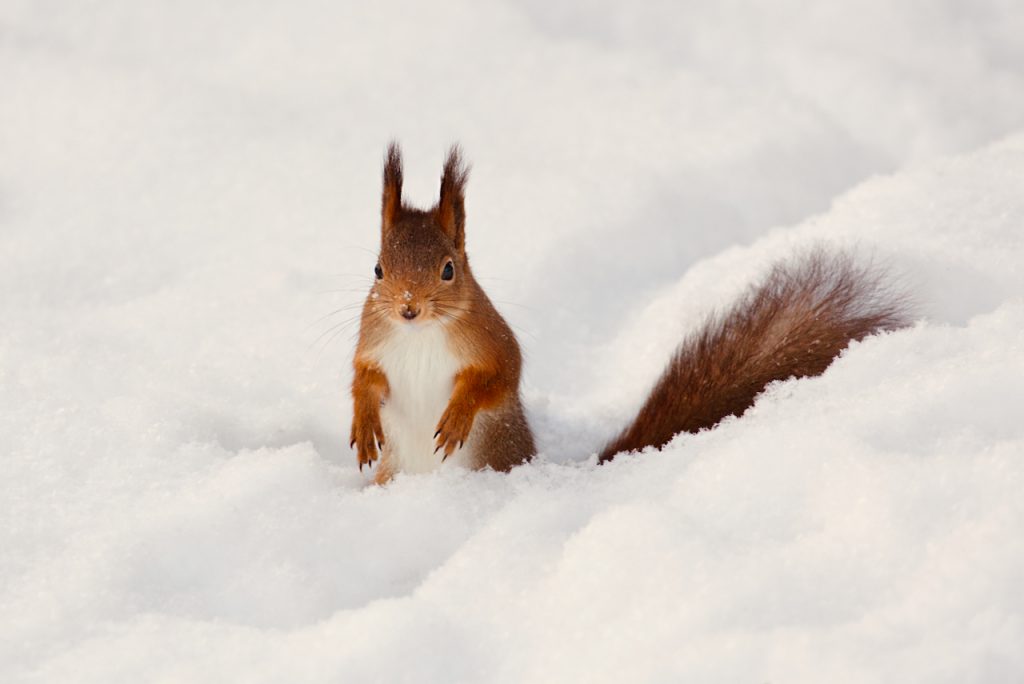
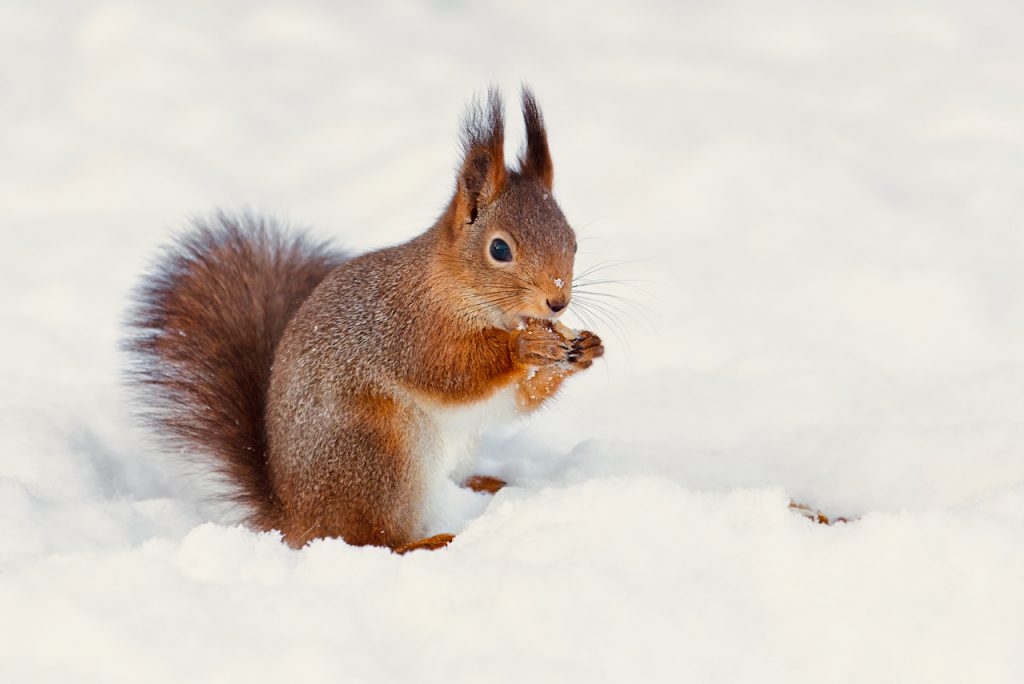
A new one came twice, much smaller and thinner than the others. She must have been desperate for food. The first time it was wary of me, darting away at my smallest move. The second time, still suspicious, she let me come much closer. I took a few pictures, but then I let her eat up the nuts and the sunflower seeds.
Her eyes were continuously scanning everything around her. She took only a fraction of a second break to pick up a new nut; the rest of the time was spent munching on the nut at turbo speed and checking the perimeter.
I saw a small squirrel once, chased by a large cat in our garden. The cat was very bold, indeed. I had to push her, physically, to get her away from the tree where the squirrel had climbed in panic. She came back as soon as I turned my back. You cannot be too careful.
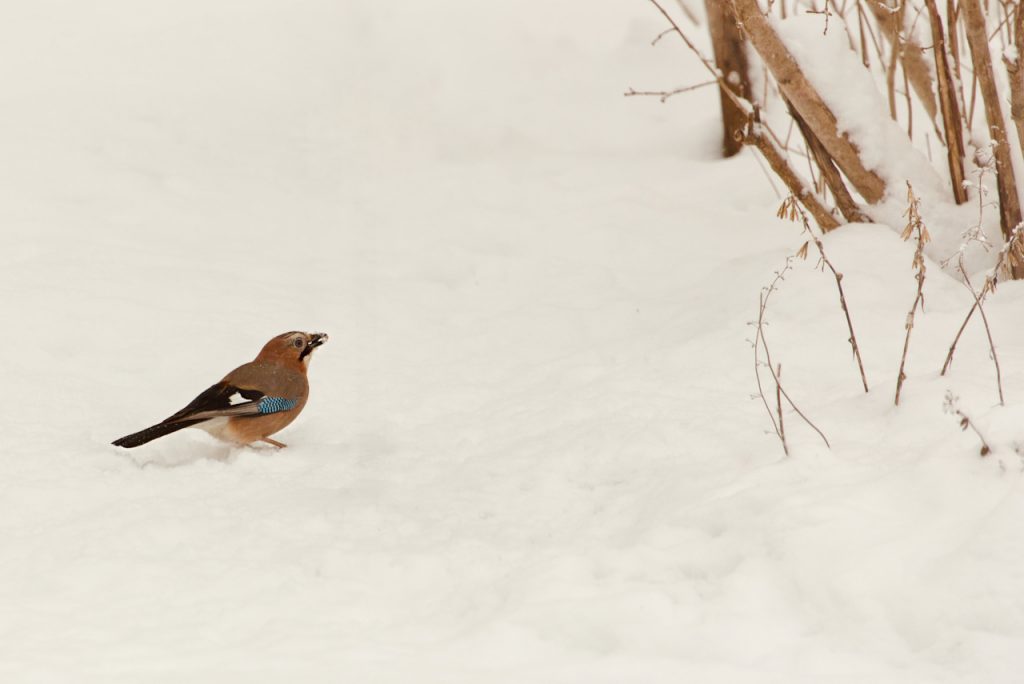
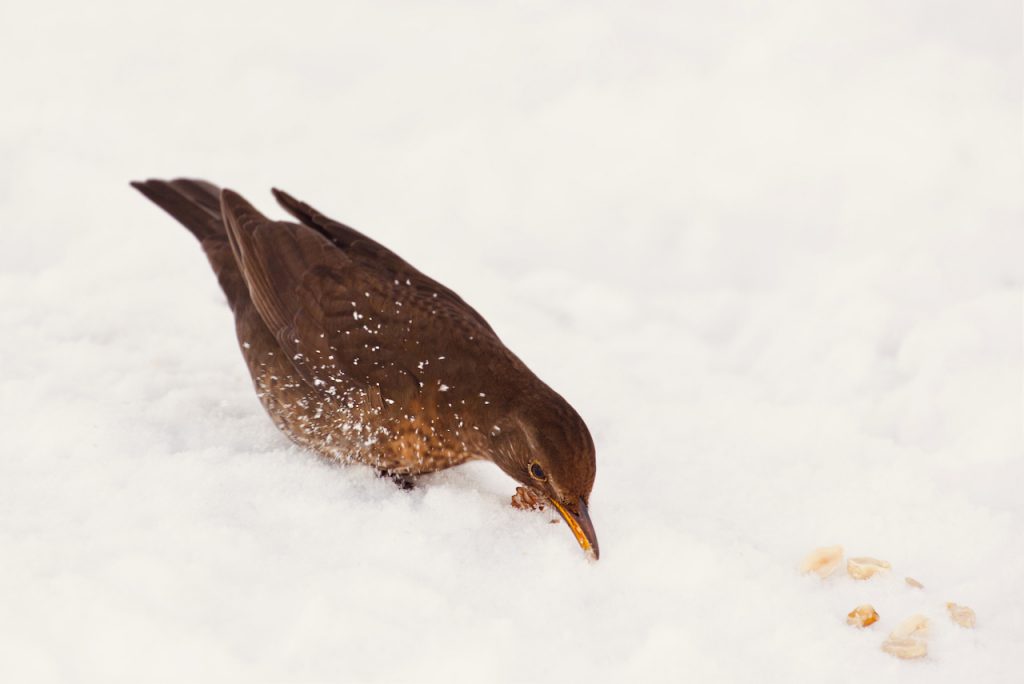
It’s the same with the birds. They have to if they want to survive. They fly into the trees at the hint of a movement. Flee first, check later.
This is the same fight or flight mechanism humans have as well. Our ancestors faced mostly physical dangers in their environment, like a lion. The hormones released by the response to the threat would ensure that the body was primed to deal with the threat, either fight the lion or run away as quickly as possible. A survival mechanism, simply put. The threat of lions is gone for modern humans, or most of them, in any case. The threats are now mental, but the body response is the same.
An important presentation at work, speaking in public, being late for a critical meeting, and so on. All the perks of modern life. The brain perceives them as threats and instructs the body to prepare for fight as it did millennia ago on the savannah: you start breathing faster, the heartbeat quickens, and your entire body becomes tense and ready for action. I’m sure you know exactly what I’m talking about.
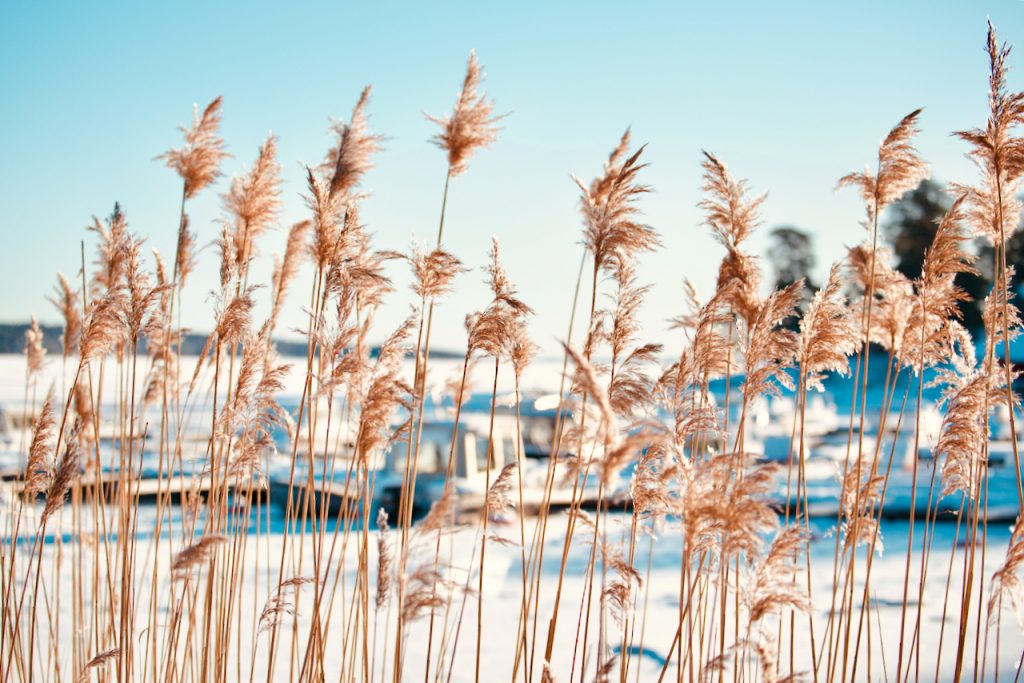
It’s not so surprising. We’re not so much different from our ancestors, after all. We just have more technology; monkeys with smartphones.
What’s more, the brain only needs the thought of a threat. I.e., it will respond to imaginary threats as well. Hence, the phobias.
Luckily, this works the other way around, too. This is why visualization and affirmations work.
The fight or flight response is a fine-tuned survival mechanism, but we have to learn to handle it when the mental stressors trigger it. If you’re in a car accident, it’s a great way for the body to increase your survival chances. If you’re in a meeting you dread, not so much.
For my part, I learned the hard way (including a trip to the ER with a panic attack that felt like an infarct) that breathing and calming my mind helped. But that’s another story to be told, maybe, in a future post.
For now, I’m happy watching the little squirrel and hoping she’ll make it through the winter.
Related Posts
If you liked this post, share it on your preferred social network or forward it to a friend.
Archives
- May 2024
- April 2024
- March 2024
- February 2024
- January 2024
- December 2023
- November 2023
- October 2023
- September 2023
- August 2023
- July 2023
- June 2023
- May 2023
- April 2023
- March 2023
- February 2023
- January 2023
- December 2022
- November 2022
- October 2022
- September 2022
- August 2022
- July 2022
- June 2022
- May 2022
- April 2022
- March 2022
- February 2022
- January 2022
- December 2021
- November 2021
- October 2021
- September 2021
- August 2021
- July 2021
- June 2021
- May 2021
- April 2021
- March 2021
- February 2021
- January 2021
- December 2020
- November 2020
- October 2020
- September 2020
- August 2020
- July 2020
- June 2020
- May 2020
- April 2020
- March 2020
- February 2020
- January 2020
Categories
 RSS Feed
RSS Feed